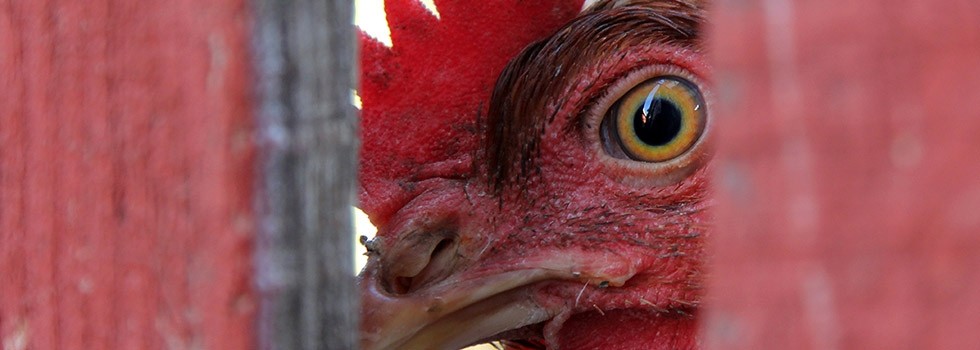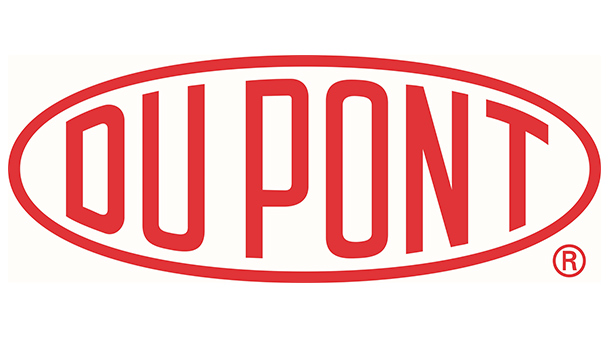Promotional Features
Focus on gut microbiota to combat diverse health challenges in cage-free layers
By Jason King
The layer industry is transforming with the consumer-driven shift to cage-free eggs in many parts of the world. More than 200 different retailers, including McDonald’s, General Mills and Wal-Mart, have announced their intent to purchase only cage-free eggs in the future. Meeting this demand will require a sharp increase in housing square footage due to lower density, which will involve costly investments into cage-free housing.
Currently, approximately 42m layers can meet the industry’s demand for cage-free eggs—that’s 14% of all layers in the US. That number is expected to grow to 190m by 2025.
With the transition to cage-free production, gut health and farm management will play an even more vital role in maintaining good bird performance. Innovative new strategies must be used to quell disease and boost performance. These emerging strategies focus on moving from the direct effect of antimicrobials to the indirect effects that come from stimulating immune development and supporting the establishment of a beneficial microbiota.
Production considerations of cage-free
Cage-free layers present several unique production challenges, perhaps most notably a decrease in feed conversion due to increased movement, an increase in wasted feed and a greater requirement for calcium. Uniformity is a concern, a result of increased movement and bird-to-bird variations in feed consumption. Cage-free production also requires a greater focus on maintaining litter quality and ventilation in order to avoid caked, wet litter which would encourage greater microbial growth with increased food safety and laying hen disease risks.
In cage-free production, disease becomes more easily transmissible within a flock due to increased movement, bird-to-bird contact and litter exposure. Free-range, cage-free birds face even more health challenges as the result of being exposed to higher bacterial and viral loads in the outdoors. Improved gut health has the potential to aid in a bird’s ability to maintain performance while managing these various challenges.
Diverse and evolving health challenges
The move to cage-free will cause producers to revisit diseases of years past. Gut health challenges including Necrotic enteritis (NE) will become optimal performance risks. Caused by the bacterium Clostridium perfringens, and coupled with other challenges like coccidiosis and undigested nutrients, NE causes lesions in the bird’s intestine and in severe cases can lead to increased mortality. In its subclinical form, NE can cause significant reductions in bird performance. NE alone was estimated to cost the poultry industry $2bn in 2015.
Cage-free producers will also face serious issues with Escherichia coli and zoonotic pathogens including Salmonella and spirochetes. These pathogens not only have the power to impact bird performance, they present serious food safety concerns, of which the consumer does not expect to assume any risk. Controlling the type and number of oocysts is essential for mitigating gut damage caused by coccidiosis.
The gut’s effect on bird performance
The basis of scientific understanding begins with the gastrointestinal tract because gut health is the foundation of every successful poultry operation. As the key system for converting feed into protein, a chicken’s gut links directly to nearly all growth and production parameters. Research has shown that the higher the intestinal lesion score, the greater the energy and protein spent on fighting diseases. Energy and protein spent fighting diseases detracts from bird growth and performance.
As one of the largest areas exposed to foreign materials like microbes and feed, the gut serves as the front line of a bird’s health defense. A healthy gut is therefore vital for overall bird health and performance. Some of the key indicators of a healthy gut include increased villi height to crypt depth ratios for maximum surface area for nutrient absorption, and good gut integrity (transepithelial electrical resistance or TEER) to keep those microbial populations in the gut lumen.
The populations of beneficial or potentially harmful bacteria present in the gut are also a key indicator of bird health. Beneficial microorganisms residing in the gastrointestinal tract work to inhibit colonization and growth of potential pathogens, support immune development and provide nutrients to the host. However, chicks do not hatch with an established microbiota; its establishment takes time, and this makes the chick more vulnerable to infection pressures.
At hatch, bacteria begin to colonize the gastrointestinal tract, but the process can be greatly influenced by conditions in the hatchery as well as the process of transport and handling. By day seven, the intestinal bacteria population has grown 10-fold. At around 21 days, the microbial population in the small intestine is largely established (Fig. 1). The microbiota in the distal gut takes more time to develop due to its complexity.
Figure 1. Process of gut development in broiler chickens. The first 21 days are critical for microbial development
Optimizing gut health with probiotics
Producers must find ways to balance productivity with animal health and help birds to win the battle of the gut against harmful bacteria. The rapid development of a healthy, mature microbiota is an essential aspect of this battle. Research has shown that feeding probiotics from day 1 promotes the quick establishment of a positive microbiota and guards against colonization by coliforms, such as E. coli, which may have a negative impact on performance. Even with an established gut microflora, mature birds can experience changes in the microbiota population due to many different nutritional, environmental and disease factors. This makes continued use of probiotics valuable in supporting ongoing bird health and performance.
Due to the diversity of pathogenic threats, identifying the most beneficial probiotic presents a challenge. Not all probiotic strains have the same mode of action. Not all are effective against the same threats; nor do they defend birds in the same way. All of this means that when using probiotics to defend against diverse pathogens, it is often beneficial to use a similarly diverse probiotic.
After analysis of over 60,000 gut samples at over 400 farms worldwide, a three-strain Bacillus probiotic was isolated in the poultry environment. It has been shown to have a positive impact on gut health. The three-strain Bacillus, Enviva PRO, strengthens the gut structure, slows the growth of non-beneficial bacteria and encourages the growth of beneficial bacteria. In one trial, Enviva PRO was shown to inhibit the growth of all E. coli strains by up to 87% (Figure 2).
Enviva PRO was shown to inhibit the growth of all E. coli strains by up to 87%
Figure 2. Enviva PRO, three unique strains, shows significant growth inhibition across diverse E. coli (26 strains investigated in vitro)
In addition, these three Bacillus strains accelerate the natural gut maturation process delivering a more mature gut by 21 days of age, allowing the bird to gain maximum benefit from a mature gut for a longer period in the production lifecycle.
Multiple modes of action
The three strains of Bacillus in Enviva PRO are spore formers, which means that they can survive extreme heat, pH and starvation conditions. Together, they work to improve gut health in six key structural and microbiological areas. The three strains in Enviva PRO have been shown to promote immune development, reduce the risk of inflammation during periods of change and strengthen the gut structure. In addition, they support the development of a positive microbiota while inhibiting the colonization of non-beneficial microbes and producing antimicrobial compounds. Specifically, Enviva PRO has even been shown to increase beneficial bacteria, such as Lactobacillus, while decreasing non-beneficial bacteria, such as Campylobacter. It has also been shown to be effective at inhibiting Clostridium growth. In vitro, all three Bacillus strains in Enviva PRO were shown to inhibit the growth of multiple Brachyspira pilosicoli with performance superior to other Bacillus strains (Figure 3).
Figure 3. Enviva PRO demonstrates superior growth inhibition against typical non-beneficial bacteria (Brachyspira pilosicoli 898; % of control; in vitro)
Responding to diverse production challenges
As the demand for cage-free eggs continues to soar, and producers work to navigate an antibiotic-free production model, gut health is emerging as a leading factor in the maintenance of optimal bird performance. Promoting fast development of the microbiota in the first 21 days is an effective strategy for achieving health and performance goals. In addition, continued probiotic use throughout the lay cycle has been shown to improve gut health and energy utilization while inhibiting Campylobacter spp. colonization. As with all interventions, the use of probiotics is most helpful in combination with good animal husbandry and care.




